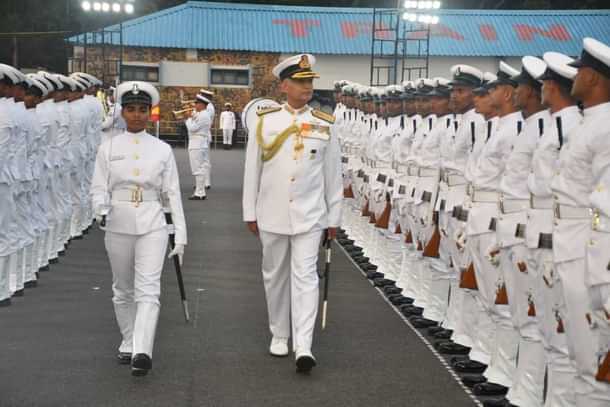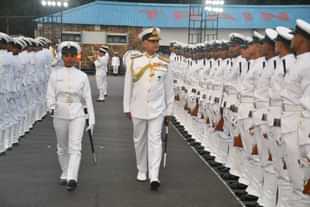News Brief
Personnel Shortage: Armed Forces Weigh Doubling Permanent Cadre Recruitment Under Agnipath Scheme
Ujjwal Shrotryia
Jul 10, 2023, 02:23 PM | Updated 02:30 PM IST
Save & read from anywhere!
Bookmark stories for easy access on any device or the Swarajya app.


The Indian Armed Forces are mulling to increase the intake of Agniveers from 40,000 soldiers and raising the recruitment to permanent cadre from 25 per cent to 50 per cent under the Agnipath scheme.
This initiative is driven by the need to address the personnel shortage that has accumulated over the past three years, particularly in the Indian Army.
Due to the COVID-19 pandemic, there was a halt in recruitment activities for two years. However, a senior defence official said, "The matter is currently being deliberated, and there is no decision yet."
Last year in 2022, the government introduced Agnipath scheme, for recruitment of soldiers of 'personnel below officer rank' in the three services.
Under this scheme, aspirants in the age bracket of 17 to 21 years will be recruited for a maximum service period of four years. After expiration of four years, only 25 per cent of Agniveers will be given permanent commission.
The remaining soldiers will have to leave the service after the expiration of four years with each soldier receiving a lump-sum amount of around Rs 12 lakh and benefits.
Going forward, all recruitment for soldiers, sailors, and airmen will be conducted exclusively through the Agnipath scheme.
The deliberations are going on to increase the number of Agniveers getting permanent commission from 25 to 50 per cent, according to a report by The Hindu.
Since the introduction of the Agnipath scheme, the Army has successfully inducted 40,000 Agniveers in two separate batches as part of the first intake. The first batch was inducted in the first half of December 2022, followed by the second batch in the first half of February 2023.
However, each year, approximately 60,000 soldiers retire from the Army, which means that the Army will be short of 20,000 soldiers every year, with no replacement.
Moreover, to ensure a controlled intake, the overall number of recruits has also been capped at 1.75 lakh until 2026.
Officials have acknowledged that the lack of recruitment over the past two years, coupled with limited recruitment of only 1.75 lakh, will result in a significant number of vacancies in the coming years.
Apart from increasing the limit of Agniveers for permanent commission, discussions are ongoing about raising the age limit for entry through the technical route from 21 to 23 years.
This aims to attract more technically qualified individuals, according to officials.
There is also a debate within the services about implementing criteria for trainees who leave during their training. Currently, there are no restrictions or criteria, and many trainees have left midway due to better opportunities, as explained by an official.
In contrast, officer recruitment has specific guidelines for cadets who choose to quit training before completion.
The government has introduced the Agnipath scheme, which aims to reduce the average age of the armed forces from 32 to 26 years, aligning it with the age profile of major armies worldwide.
Staff Writer at Swarajya. Writes on Indian Military and Defence.





